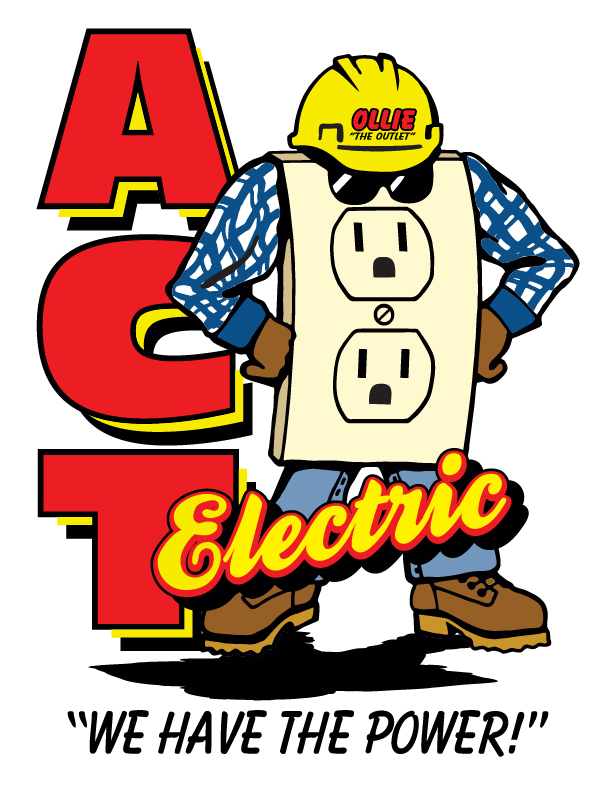The Ultimate Guide to Lighting Installation for a Home
From enhancing the ambiance to improving energy efficiency, well-planned lighting can transform a house into a home.
Proper lighting installation is fundamental for creating a comfortable, functional, and aesthetically pleasing living space. From enhancing the ambiance to improving energy efficiency, well-planned lighting can transform a house into a home. This comprehensive guide explores various aspects of lighting installation, emphasizing the significance of professional expertise and electrical safety.
Understanding Different Types of Lighting
Ambient Lighting: Ambient lighting submits overall illumination for a room. It includes ceiling-mounted fixtures, recessed lights, and wall sconces. The goal is to create a uniform light level throughout the space, setting the foundation for the room's lighting scheme.
Task Lighting: Task lighting focuses on areas where reading, cooking, or working occurs. Examples include under-cabinet lights in kitchens, desk lamps, and vanity lights in bathrooms. Proper task lighting lowers eye strain and improves productivity in work areas.
Decorative Lighting: Decorative lighting supplies both functional and aesthetic purposes. Chandeliers, pendant lights, and unique fixtures can become statement pieces in a room, contributing to the overall design aesthetic while providing illumination.
Planning the Lighting Layout
Room-by-Room Considerations: Each room in a home has unique lighting needs based on its function and design. For instance, kitchens require bright task lighting, while bedrooms benefit from softer, adjustable ambient lighting. Living rooms need a combination of ambient and accent lighting to create a cozy atmosphere.
Layering Light: Combining different varieties of lighting creates depth and versatility in a space. A well-designed lighting plan incorporates ambient, task, and accent lighting to meet various needs and moods. Layering allows for flexibility in light levels and creates visual interest.
Natural Light Integration: Consider how natural light enters each room and plan artificial lighting to complement it. Dimmers and automated systems can adjust lighting levels throughout the day, maximizing energy efficiency and comfort.
Lighting Zones: Dividing a room into lighting zones allows for greater control and flexibility. For example, a large living area might have separate zones for a reading nook, entertainment center, and general seating area.
Electrical Considerations
Load Calculation: A licensed electrician should assess the home's electrical capacity to guarantee it can handle new lighting installations without overloading the system. This step is vital for both safety and functionality.
Circuit Planning: Proper circuit planning is essential to prevent overloads and guarantee each lighting zone has adequate power. A residential electrician can design a circuit layout that meets safety standards and functional needs, considering factors like voltage drop and future expansion.
Wiring and Installation: Professional installation by a licensed electrician is pivotal for safety and obedience to local electrical codes. Proper wiring techniques prevent fire hazards and verify long-term reliability. This includes selecting the correct wire gauge, installing proper grounding, and using appropriate connectors.
Choosing the Right Fixtures
Style and Aesthetics: Select fixtures that complement the home's architecture and interior design. Consider finish, size, and shape to create a cohesive look. The right fixtures can enhance a space's overall design theme.
Functionality: Choose fixtures based on their intended use. For example, recessed lights work well for low ceilings, while pendant lights can add drama to high-ceilinged spaces. When selecting fixtures, consider the light output, beam spread, and color temperature.
Energy Efficiency: Opt for energy-efficient LED fixtures and bulbs to reduce electricity consumption and lower utility bills. Many modern fixtures are designed with built-in LED technology for optimal performance. LED lighting offers long life spans and significant energy savings compared to traditional lighting options.
Quality and Durability: Invest in high-quality fixtures from reputable manufacturers. While they may have a higher upfront cost, quality fixtures often last longer, perform better and require less maintenance over time.
Smart Lighting Solutions
Automated Controls: Smart lighting systems enable remote control and scheduling of lights via smartphone apps or voice commands. By automatically adjusting lighting based on occupancy, time of day, or user preferences, these systems can enhance convenience and energy efficiency.
Integration with Home Automation: Consider how lighting can be integrated with other smart home systems for a seamless living experience. A residential electrician with expertise in smart home technology can advise on compatible solutions, such as integrating lighting with security systems or climate control.
Safety and Compliance
Electrical Code Adherence: All lighting installations must comply with local and national electrical codes. A licensed electrician is comfortable with these regulations and can guarantee a code-compliant installation, protecting the homeowner from potential legal and safety issues.
GFCI Protection: Ground Fault Circuit Interrupter (GFCI) protection is principal for lighting areas prone to moisture, such as bathrooms and outdoor spaces. A licensed electrician can install GFCI outlets or breakers as required, providing an additional layer of safety against electrical shocks.
Lighting installation is a complicated process that requires careful planning, technical expertise, and an eye for design. While DIY enthusiasts may consider tackling lighting projects themselves, the involvement of a licensed electrician is crucial for guaranteeing safety, code compliance, and optimal performance.
The qualified electricians at ACT Electric perform quality lighting, wiring, home generators, landscape and security lighting, and new home wiring jobs. We are a 24-hour emergency electrician to cater to all your needs any time of the day or night. call at (480) 986-1722.

